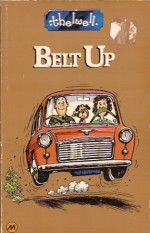
By Norman Thelwell (Magnum/Eyre Methuen)
ISBN: 0-413-37320-7
Norman Thelwell (3rd May 1923 – 7th February 2004) is one of Britain’s greatest and most beloved cartoonists. His superbly gentle cartooning combined mannered abstraction with a keen and accurate eye for background detail, not just on the riding and countryside themes that made him a household name, but on all the myriad subjects he turned his canny eye and subtle brush upon. His compositions are an immaculate condensation of everything deprecatingly; resolutely Baby-Booming British – without ever becoming parochial or provincial. He also had a gently vicious, charmingly sardonic sensibility that enabled him to repeatedly hit home like a mink cosh…
His work has international implications and scope, displaying the British to the world for decades. There are 32 books of his work and every aficionado of humour – illustrated or otherwise -could do much worse than possess them all.
From 1950 when his gag-panel Chicko began in the Eagle, and especially two years later with his first sale to Punch, he built a solid body of irresistible, seductive and always funny work. He appeared in innumerable magazines, comics and papers ranging from Men Only to Everybody’s Weekly. In 1957 his first collection of published cartoons Angels on Horseback was released and in 1961 he made the rare reverse trip by releasing a book of all-new cartoons that was subsequently serialised in the Sunday Express.
His dry, sly, cannily observed drawings were a huge success and other books followed to supplement his regular appearances in a variety of newspapers and magazines. Every so often an extra edge of refined bile entered his work, as can be seen in this splendidly spiteful collection of reworked ideas from Punch with new, specially created material on that bane of the modern world, the Motor Car.
Within these pages is a bombastic barrage of car-themed cartoon experiences so nearly universal in range and breadth that any poor fool who has ever put pedal to metal cannot help but cringe in sympathy.
From the wonderfully silly to the pitch-blackly trenchant, created by a man who has come to epitomise middle-class values, aspirations and self-delusions, Thelwell dismantled our love affair with the infernal combustion engine and manufacturers’ style over substance, but, knowing human nature never really evolves, didn’t expect to alter a single point of view… just blow off steam at the extremes of daftness and pigheadedness we can resort to whilst trying to get somewhere in comfort and good time…
Broken down into the hilarious Diagram of Controls, followed by such sections as Technical Terms, Men and Their Motors, Women at the Wheel, Children’s Corner, How to Have an Accident, You Have Been Warned, How to Give a Driving Lesson, Do’s and Don’ts for Drivers, Drivers Frantic and How to Get Rid of Your Car this brilliantly vitriolic visual thesis is still bitingly funny today: another startling exhibition of the artist’s fantastic, funny foresight and the British motorist’s beloved intransigence.
The roads may have become an even more frustrating arena than Thelwell could have imagined, but the lure of the open highway or a coveted parking space still obsesses us all and these superb cartoons are simply the most effective cure to traffic jam whim-whams that I can imagine. Timeless and delightful, why not idle your racing engine and pick up this book…?
© 1974, 1978 Norman Thelwell.


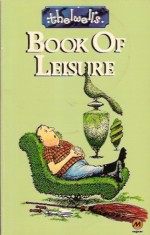
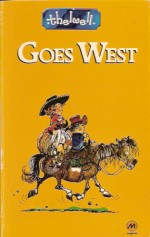
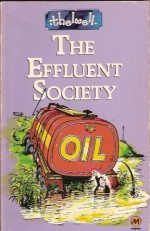
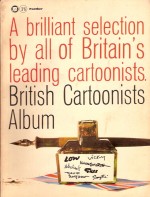
 Â
Â